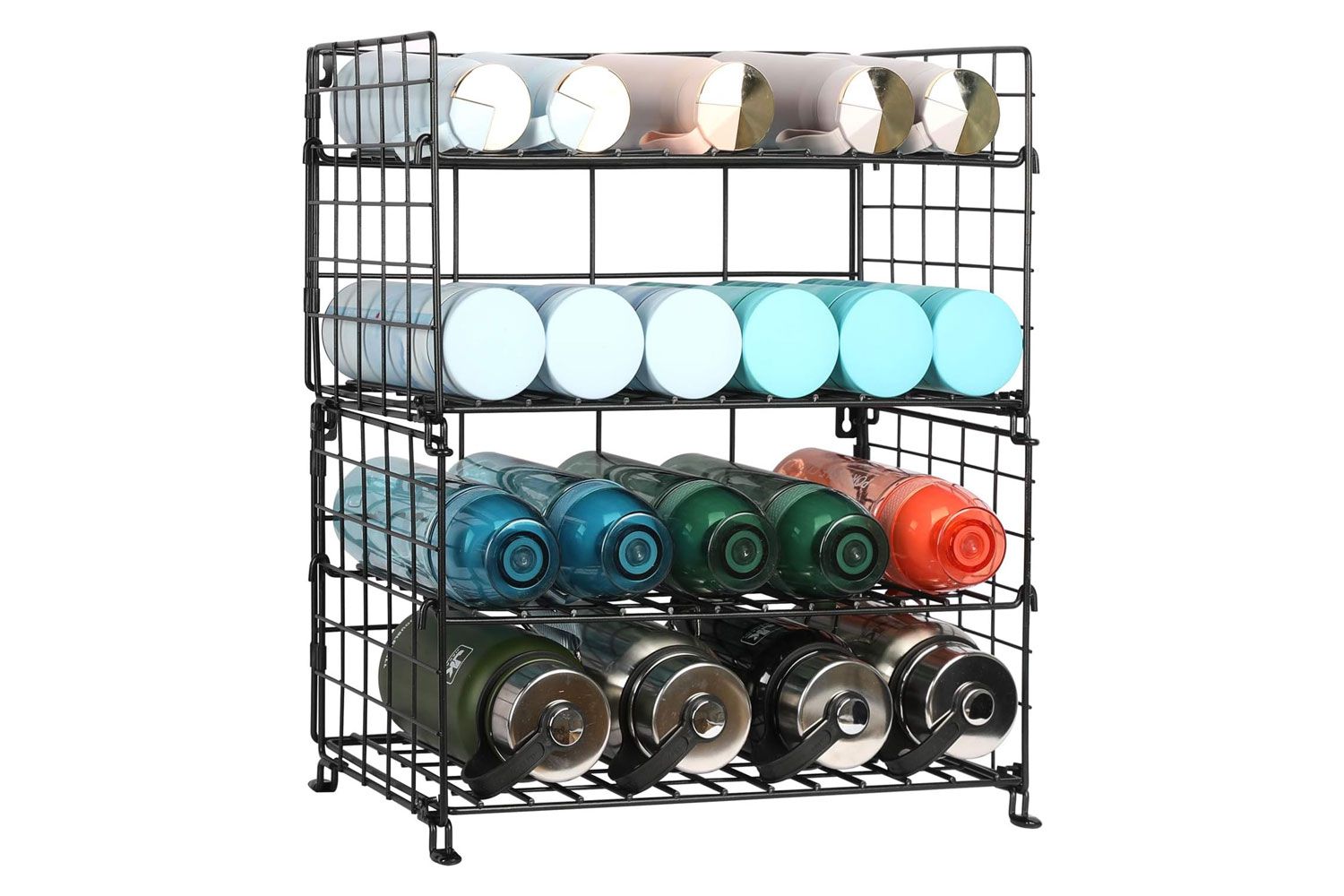

Articles
How To Store Water Bottles
Modified: January 19, 2024
Looking for articles on how to store water bottles? Discover the best tips and tricks to keep your water bottles organized and properly stored for optimal freshness and longevity.
(Many of the links in this article redirect to a specific reviewed product. Your purchase of these products through affiliate links helps to generate commission for Storables.com, at no extra cost. Learn more)
Introduction
Welcome to the comprehensive guide on how to store water bottles properly. Whether you are an avid hiker, a fitness enthusiast, or simply someone who likes to stay hydrated throughout the day, it’s crucial to know the best practices for storing your water bottles. Proper storage not only ensures the longevity of the bottles but also helps maintain the quality and safety of the water you consume.
Water bottles have become an essential part of our everyday lives. They come in various shapes, sizes, and materials, catering to different preferences and needs. However, without proper storage, these bottles can become a breeding ground for bacteria and compromise the quality of the water inside. That’s why understanding how to store water bottles is vital for maintaining your overall health and maximizing the lifespan of your bottles.
In this guide, we will explore the importance of proper water bottle storage, the different types of water bottles available, factors to consider when storing them, recommended storage locations, cleaning and maintenance tips, and strategies for maximizing their lifespan. By following these guidelines, you can ensure that your water bottles are always ready for use, providing you with clean and refreshing hydration whenever you need it.
So, let’s dive into the world of water bottle storage and discover the best practices to keep your bottles in optimal condition!
Key Takeaways:
- Proper water bottle storage preserves water quality, extends bottle lifespan, reduces waste, and encourages healthy hydration habits. Consider bottle type, cleanliness, temperature control, and organized storage for optimal results.
- Regular cleaning, choosing high-quality bottles, and avoiding extreme temperatures can maximize water bottle lifespan. Proper storage, maintenance, and hygiene habits ensure clean, safe, and refreshing hydration for years to come.
Read more: How To Store Bottled Water
Importance of Proper Water Bottle Storage
Proper water bottle storage is more important than you might think. It not only helps maintain the integrity of the bottles but also plays a crucial role in ensuring the safety and quality of the water they hold. Here are a few reasons why proper water bottle storage is essential:
- Preserves water quality: Storing water bottles correctly helps prevent the growth of bacteria and other contaminants, ensuring that the water remains clean and safe to drink. If water bottles are not stored properly, they can develop a foul smell or taste, indicating bacterial growth or water contamination.
- Extends the lifespan of the bottle: Proper storage practices can help prolong the lifespan of your water bottles. By preventing damage, such as cracks, scratches, or leaks, you can avoid the need for frequent replacements.
- Reduces waste: When water bottles are not stored properly and become contaminated or damaged, they often need to be discarded. By storing them correctly, you can minimize waste and reduce the environmental impact associated with unnecessary bottle disposal.
- Ensures convenient access: Proper storage allows you to easily access your water bottles whenever you need them. It eliminates the frustration of searching for a misplaced bottle or dealing with cluttered storage spaces.
- Encourages healthy habits: When your water bottles are stored in a clean and organized manner, you are more likely to drink water regularly. This promotes hydration and overall well-being.
By understanding and implementing proper water bottle storage practices, you can enjoy the benefits of clean and refreshing water, extend the lifespan of your bottles, minimize waste, and maintain a healthy hydration routine.
Next, let’s explore the different types of water bottles available in the market and the factors to consider when storing them.
Types of Water Bottles
When it comes to water bottles, there are a variety of options to choose from. Each type of water bottle has its own unique features and benefits. Understanding the different types can help you select the best one for your needs and also determine the most suitable storage methods. Here are some commonly used water bottle types:
- Plastic Water Bottles: Plastic water bottles are lightweight, durable, and affordable. They come in various sizes and designs, making them convenient for everyday use. However, it’s important to choose BPA-free plastic bottles to avoid potential health risks. Plastic water bottles should be stored in a cool and dry place away from direct sunlight to prevent the release of harmful chemicals and maintain the quality of the water inside.
- Glass Water Bottles: Glass water bottles are an eco-friendly alternative to plastic. They are non-toxic, easy to clean, and do not retain flavors or odors. Glass bottles provide a clean and pure taste and are perfect for storing both hot and cold beverages. However, glass bottles can be heavier and more fragile than other options, so they should be handled with care. When storing glass water bottles, it’s important to keep them in a secure location to avoid accidental breakage.
- Stainless Steel Water Bottles: Stainless steel water bottles are incredibly durable and can withstand rough handling. They are known for their excellent insulation properties, keeping your drinks cold or hot for extended periods. Stainless steel is also a safe and non-toxic material that does not leach chemicals into your water. These bottles are best stored in a clean and dry environment to prevent rusting or scratching.
- Collapsible Water Bottles: Collapsible water bottles are a convenient option for travelers or anyone with limited storage space. These bottles can be easily flattened or rolled up when not in use, saving space in your bag or backpack. They are typically made of flexible materials like silicone or BPA-free plastic and should be stored in their collapsed state to avoid deformation.
- Insulated Water Bottles: Insulated water bottles are designed to keep your beverages at the desired temperature for longer periods. These bottles usually have a double-wall construction with vacuum insulation, providing excellent thermal retention. Insulated bottles are suitable for storing both hot and cold drinks and should be stored in a clean and dry place to maintain their insulating properties.
Remember, regardless of the type of water bottle you choose, proper storage is essential to preserve the quality and longevity of your bottle. In the next section, we will explore the factors to consider when storing water bottles.
Factors to Consider When Storing Water Bottles
Proper storage of water bottles involves considering various factors to maintain the quality and safety of the water they hold. Here are some key factors to keep in mind:
- Cleanliness: Before storing water bottles, ensure that they are thoroughly cleaned and free from any residue. Use warm water and soap, or follow the cleaning instructions provided by the manufacturer. Properly rinsing and drying the bottles will prevent the growth of bacteria or mold during storage.
- Avoiding direct sunlight: Exposure to direct sunlight can cause plastic bottles to release harmful chemicals and can lead to the growth of bacteria in any type of bottle. Store water bottles in a cool and shaded area to maintain the quality of the water and to prevent the plastic from degrading.
- Temperature control: Extreme temperatures can affect the integrity of water bottles. Avoid storing them in places with high heat or freezing temperatures, as this can compromise the bottle’s structure and potentially impact the taste and safety of the water. Choose a location with a moderate temperature range for optimal storage.
- Avoiding contact with chemicals: Keep water bottles away from harsh chemicals or cleaning agents, as they can interact with the bottle’s material and contaminate the water. Additionally, avoid storing bottles near strong-smelling substances, as the bottle may absorb unwanted odors.
- Airtight seals: Ensure that the lids or caps of the water bottles are securely closed to maintain airtight seals. This prevents leaks and keeps the water fresh for a longer period. Check the seals regularly and replace any damaged or worn-out caps to maintain the bottle’s functionality.
- Organized storage: Keep your water bottles organized to maximize space and prevent accidental damage. Consider using storage racks, dedicated shelves, or dividers to separate and protect the bottles from potential scratches or knocks.
- Hygiene: Encourage clean hygiene habits when using water bottles. Avoid sharing bottles with others to prevent the spread of germs, and regularly wash your hands before handling the bottles to maintain cleanliness.
By considering these factors and implementing proper storage practices, you can ensure the longevity of your water bottles and the safety of the water they contain. In the next section, we will explore recommended storage locations for water bottles.
Store water bottles in a cool, dark place away from direct sunlight to prevent the growth of algae and bacteria. Keep them away from any chemicals or cleaning products to avoid contamination.
Recommended Storage Locations for Water Bottles
Selecting the right storage location for your water bottles is crucial to protect them from damage, maintain water quality, and ensure easy access. Here are some recommended storage locations to consider:
- Kitchen Cabinets or Pantry: Storing water bottles in kitchen cabinets or pantry shelves is a convenient option for easy access. Make sure the storage area is clean, well-ventilated, and away from direct sunlight or heat sources.
- Refrigerator: If you prefer cold water, storing your water bottles in the refrigerator is a great option. This keeps the water chilled and ready to grab whenever you need it. Place the bottles in a designated area to avoid contamination from other food items.
- Water Dispenser: Some water dispensers come with designated bottle storage areas. This is a practical choice for those who use large water bottles or prefer using a water dispenser to refill smaller bottles throughout the day.
- Gym Bag or Backpack: For on-the-go hydration, storing your water bottles in a gym bag or backpack is convenient. Look for backpacks or gym bags with designated water bottle pockets or compartments to prevent them from getting damaged or leaking onto other items.
- Car Cup Holders: If you frequently travel or spend time in your car, utilizing the cup holders is a convenient storage option. However, be mindful of extreme temperatures inside the car, as excessive heat can degrade plastic bottles and affect water quality.
- Dedicated Water Bottle Organizer: There are various organizers available specifically designed for water bottle storage. These organizers often have multiple compartments or racks, allowing you to neatly store and display your water bottles.
Ultimately, it’s important to choose a storage location that suits your lifestyle and preferences, while also considering the factors mentioned earlier. Remember to keep the storage area clean, dry, and away from direct sunlight or extreme temperatures to maintain the quality of your water bottles and ensure a refreshing and safe drinking experience.
Next, we will dive into the proper cleaning and maintenance of water bottles to further enhance their longevity and hygiene.
Read more: How To Store Bottled Water In Pantry
Proper Cleaning and Maintenance of Water Bottles
Regularly cleaning and maintaining your water bottles is essential to ensure their longevity and prevent the buildup of bacteria or unpleasant odors. Here are some tips for proper cleaning and maintenance:
- Hand Washing: Most water bottles are best cleaned by hand. Use warm water and mild dish soap to thoroughly clean the bottle, including the cap and any attached components. Gently scrub the interior and exterior using a bottle brush or sponge to remove any residues. Rinse the bottle thoroughly to remove all soap residues.
- Deep Cleaning: For a more thorough cleaning, consider using a mixture of warm water and vinegar or baking soda. Fill the bottle halfway with the solution, close it tightly, and shake vigorously. Let the solution sit for a few hours or overnight, then rinse thoroughly with water to remove any remaining residue.
- Drying: After washing, ensure that the water bottle is completely dry before storing it. Leave the bottle and its components to air dry naturally, or use a clean towel to dry them thoroughly. Trapped moisture can lead to the growth of mold or bacteria.
- Cap and Straw Care: Pay attention to the caps and straws of your water bottles, as they can harbor bacteria or develop odors. Take them apart if possible and wash them thoroughly. Inspect them regularly for any signs of wear or damage and replace them if needed.
- Frequency of Cleaning: It’s important to clean your water bottles regularly, ideally after every use. However, at a minimum, aim to clean them at least once a week, regardless of frequency of use.
- Avoid Harsh Cleaning Agents: When cleaning your water bottles, avoid using harsh cleaning agents or abrasive materials that can damage the bottle’s surface or affect the taste of the water. Stick to mild dish soap, vinegar, or baking soda.
- Replacement: Over time, water bottles may become worn-out or develop cracks, making them less effective in maintaining water quality. Inspect your water bottles regularly and replace them as needed to ensure optimal performance.
By following these cleaning and maintenance practices, you can keep your water bottles clean, hygienic, and in good condition. Regular cleaning prevents the buildup of bacteria and ensures that your bottles are ready for use whenever you need them.
Now that you know how to properly clean and maintain your water bottles, let’s explore some tips for maximizing their lifespan.
Tips for Maximizing Water Bottle Lifespan
To ensure the longevity and durability of your water bottles, it’s important to implement a few tips and practices. By following these guidelines, you can maximize the lifespan of your water bottles and get the most out of your investment:
- Choose high-quality bottles: Invest in high-quality water bottles made from durable materials such as BPA-free plastic, glass, or stainless steel. Well-made bottles are less prone to cracking, leaking, or developing odors.
- Avoid exposing them to extreme temperatures: Temperature extremes can damage water bottles, especially plastic ones. Avoid putting them in the freezer, exposing them to direct sunlight for extended periods, or placing them in a microwave.
- Use protective sleeves or covers: Adding a protective sleeve or cover can help prevent scratches, dents, and breakage. These accessories offer an extra layer of insulation for temperature control and can also add a touch of personal style.
- Avoid using abrasive materials for cleaning: Harsh scrub brushes or abrasive sponges can scratch the surface of your water bottles. Opt for soft bottle brushes specifically designed for cleaning water bottles, to avoid damaging the material.
- Prevent leaks and spills: Ensure that the caps or lids are securely tightened before storing or carrying your water bottles. This will prevent leaks and spills, which can damage the bottle and other items in your bag or backpack.
- Store them empty: Avoid long-term storage of water bottles filled with water. Empty them out after use and give them a thorough cleaning and drying before putting them away. This reduces the risk of bacterial growth and potential damage caused by prolonged exposure to water.
- Avoid storing near sharp objects: When storing your water bottles, keep them away from sharp objects that can puncture or damage the bottle. It’s best to have a dedicated space where they can be safely stored, away from potential hazards.
- Inspect for damage regularly: Regularly examine your water bottles for any signs of wear, cracks, or damaged seals. Replace any worn-out or damaged bottles immediately to prevent leaks or contamination.
- Follow manufacturer’s instructions: Always read and follow the manufacturer’s instructions for cleaning, maintenance, and usage guidelines specific to your water bottles. This will ensure you are caring for your bottles in the most effective and appropriate manner.
By implementing these tips, you can prolong the lifespan of your water bottles and continue to enjoy clean, refreshing hydration for years to come.
Now that you have a comprehensive understanding of proper water bottle storage, cleaning, and maintenance, you can confidently keep your water bottles in optimal condition. Remember to prioritize cleanliness, choose suitable storage locations, and follow best practices to ensure the safety and quality of the water you consume. Cheers to healthy hydration!
Conclusion
Properly storing and maintaining water bottles is essential for preserving the quality of the water they hold and ensuring their longevity. By following the guidelines outlined in this comprehensive guide, you can keep your water bottles clean, safe, and in optimal condition for extended periods.
Remember to consider the type of water bottle you have and the specific storage requirements it entails. Plastic bottles should be stored away from direct sunlight and extreme temperatures to prevent chemical leaching, while glass bottles require careful handling to avoid breakage. Stainless steel bottles should be kept dry to prevent rusting, and collapsible bottles should be stored in the collapsed state to prevent deformation.
Additionally, regular cleaning and maintenance are vital to prevent the growth of bacteria and foul odors. Hand washing with warm water and mild dish soap is usually sufficient, and deep cleaning with vinegar or baking soda can be done periodically for a more thorough cleanse. Make sure to dry the bottles well before storing them to avoid mold or mildew.
Choosing the right storage location is equally important. Whether it’s the kitchen cabinet or pantry, the refrigerator, a dedicated water bottle organizer, or even your backpack, ensure that the area is clean, dry, and away from direct sunlight or extreme temperatures.
By implementing these practices and adopting the tips provided, such as choosing high-quality bottles, using protective sleeves or covers, and regularly inspecting for damage, you can prolong the lifespan of your water bottles and minimize waste.
Taking proper care of your water bottles not only ensures clean and refreshing hydration but also contributes to your overall health and well-being. So, keep these guidelines in mind and enjoy the convenience and benefits of well-maintained water bottles for years to come.
Frequently Asked Questions about How To Store Water Bottles
Was this page helpful?
At Storables.com, we guarantee accurate and reliable information. Our content, validated by Expert Board Contributors, is crafted following stringent Editorial Policies. We're committed to providing you with well-researched, expert-backed insights for all your informational needs.
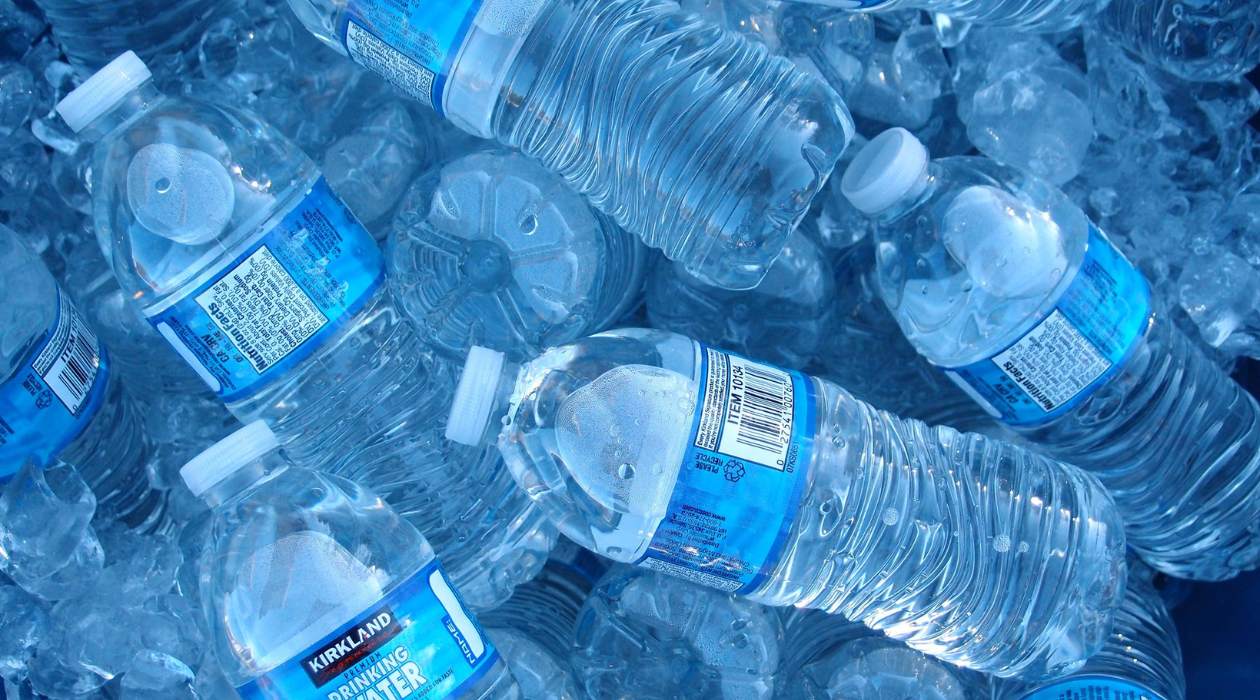
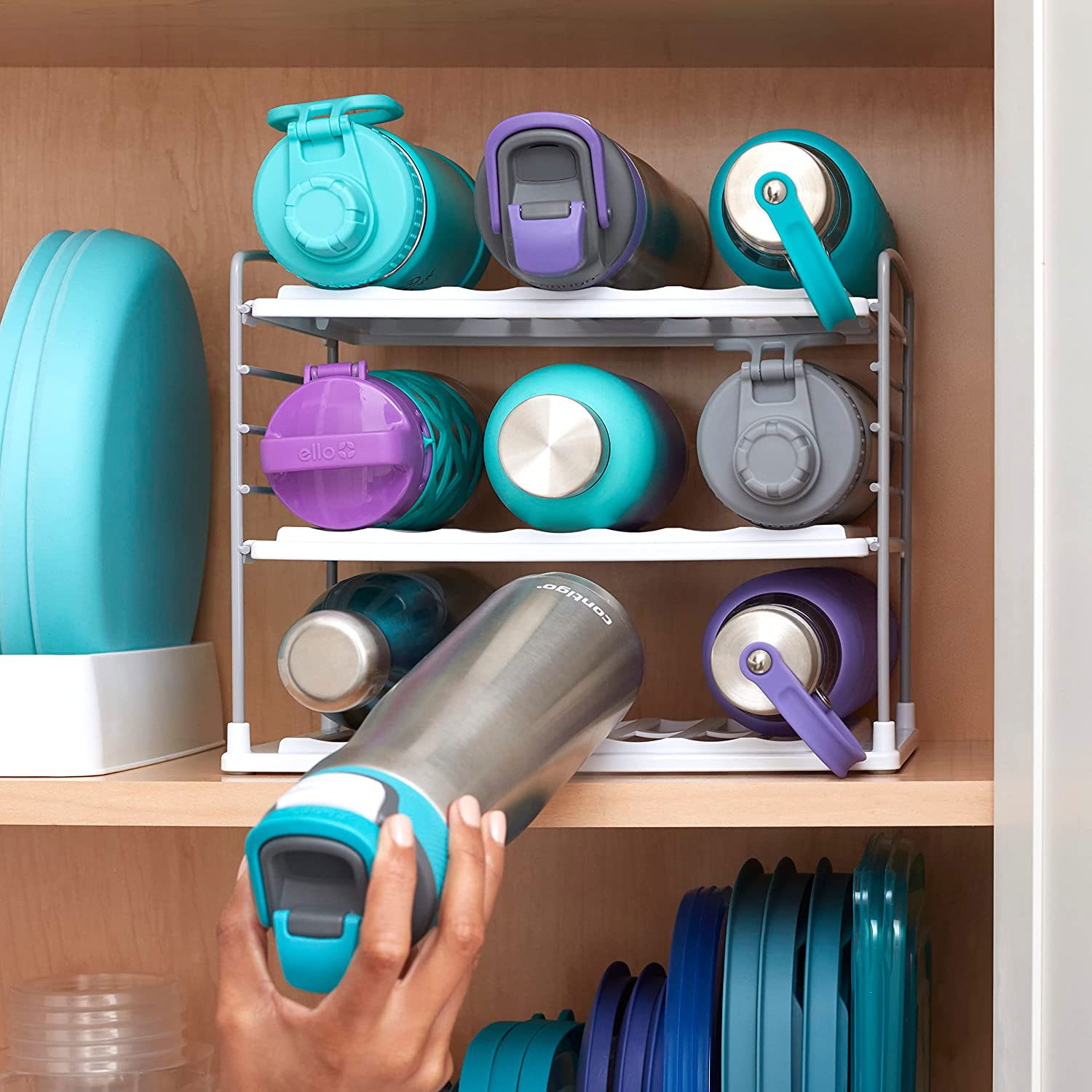
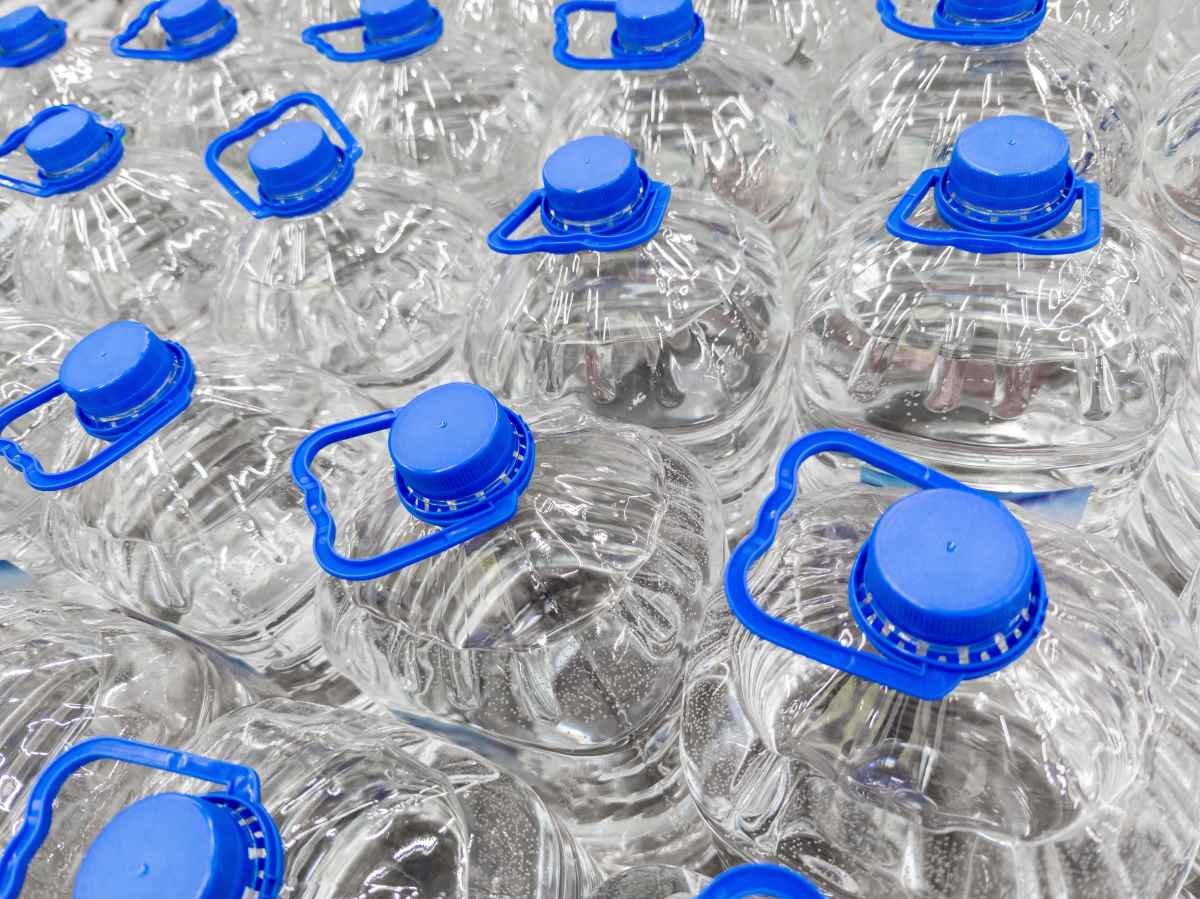
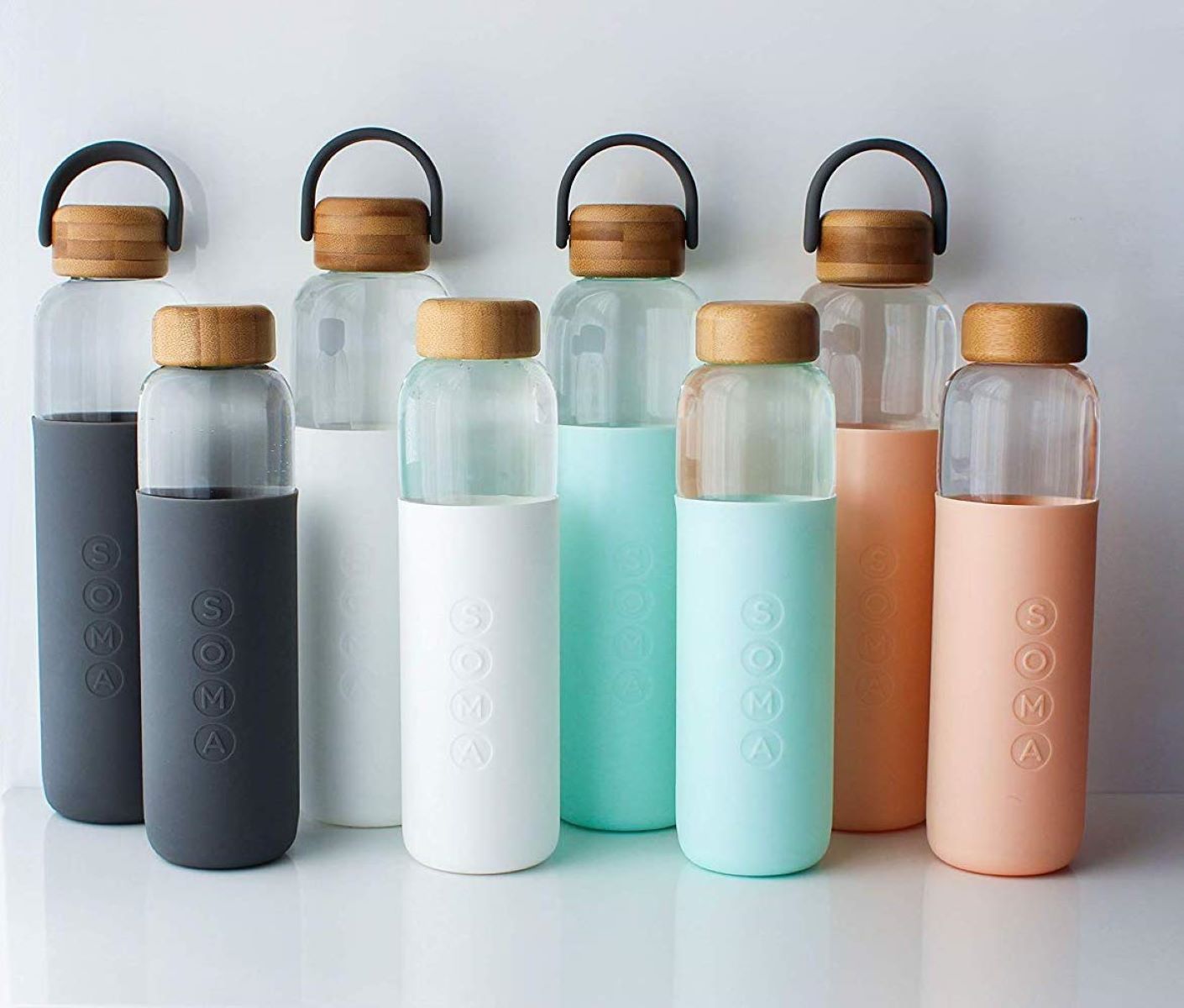
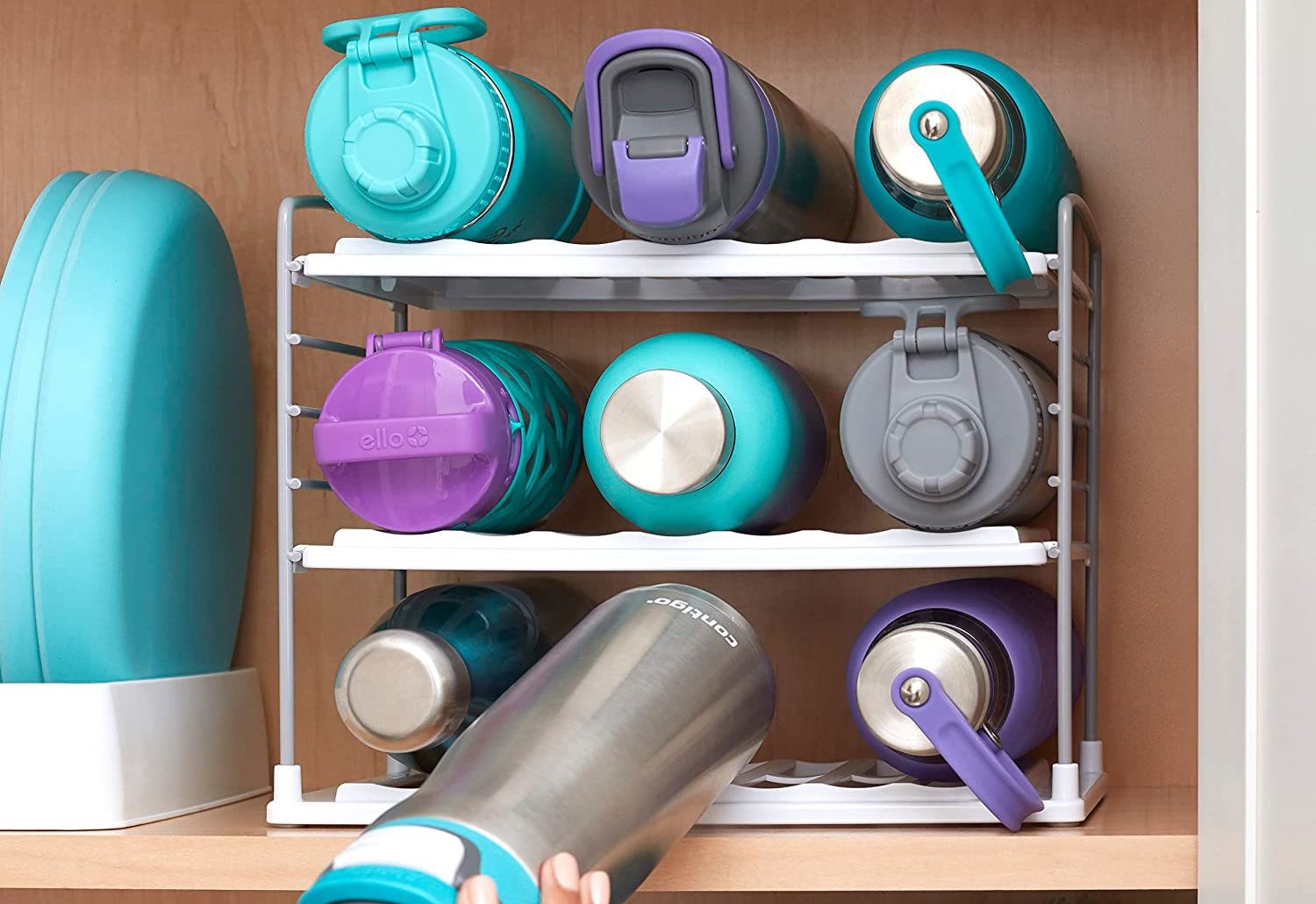
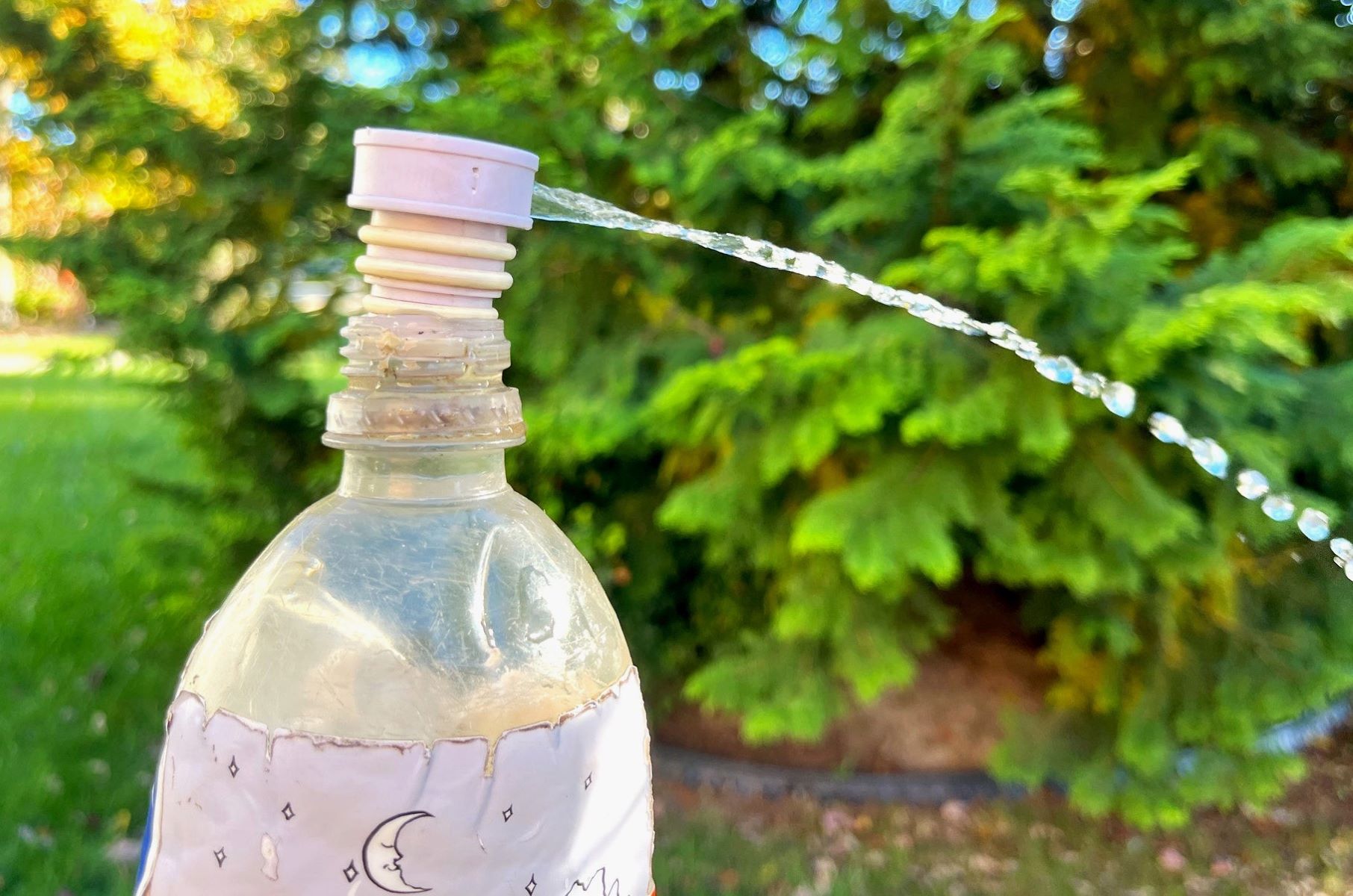
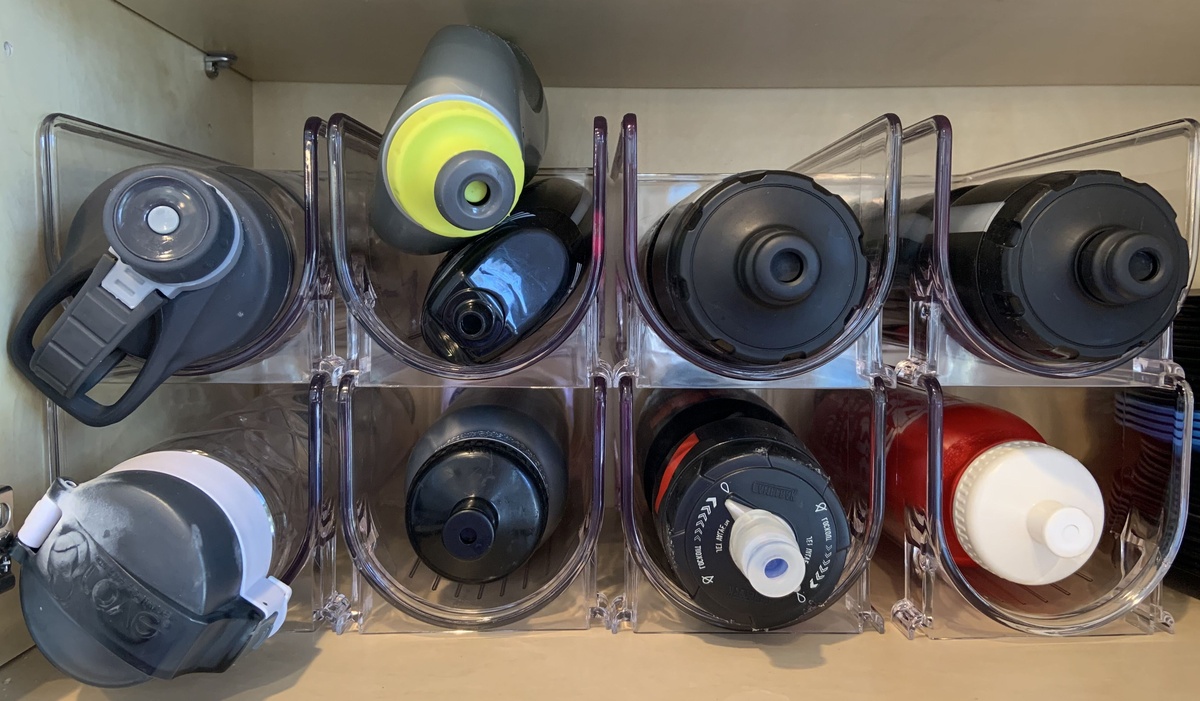
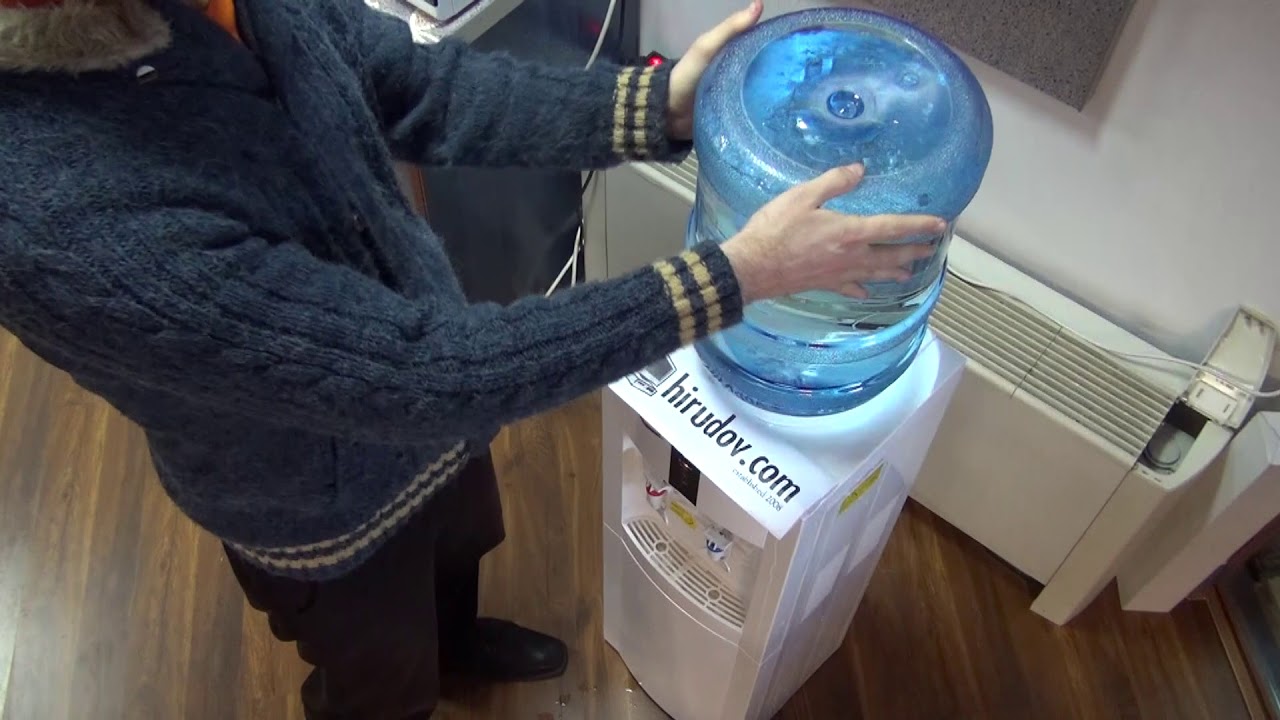
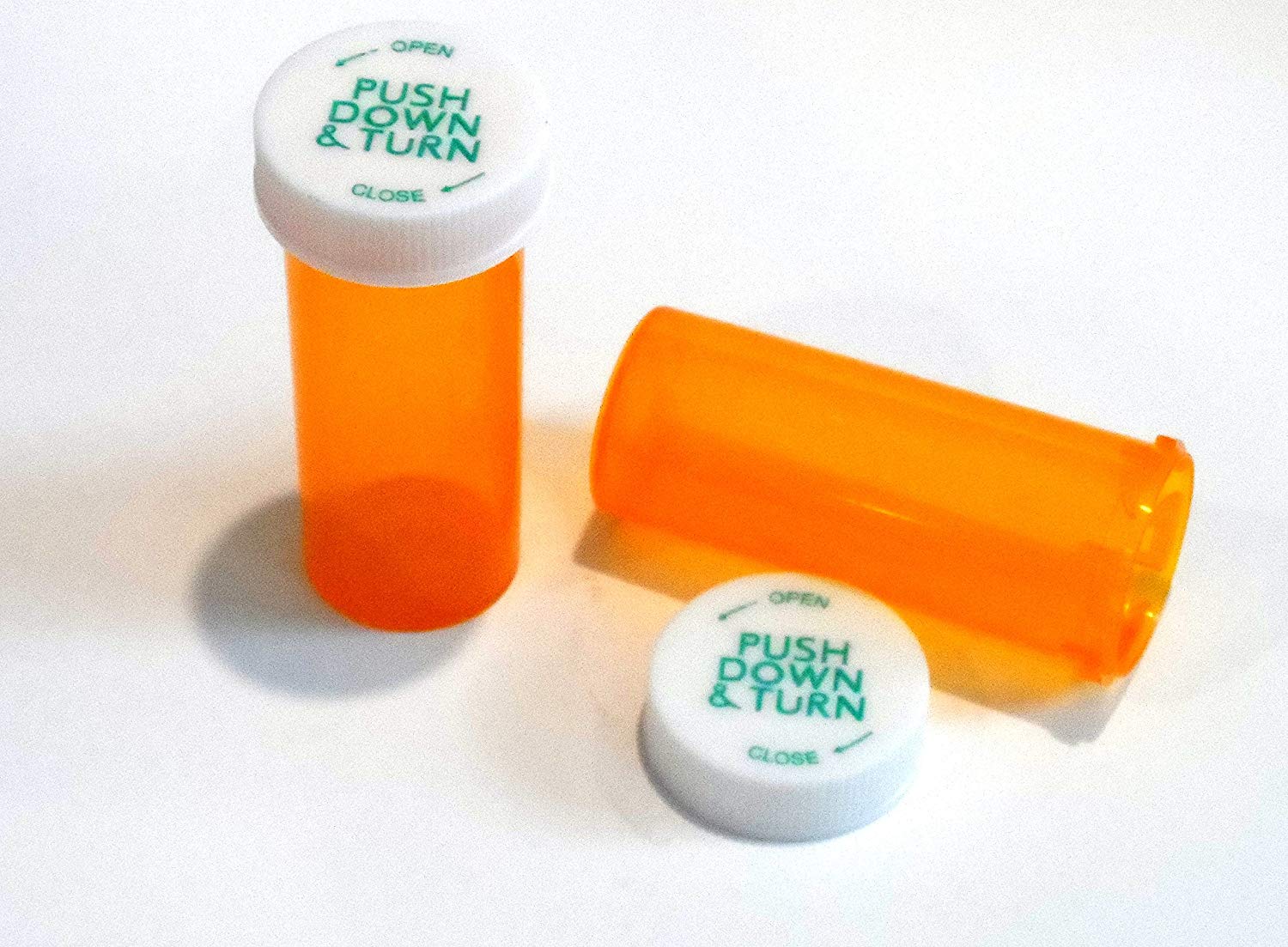
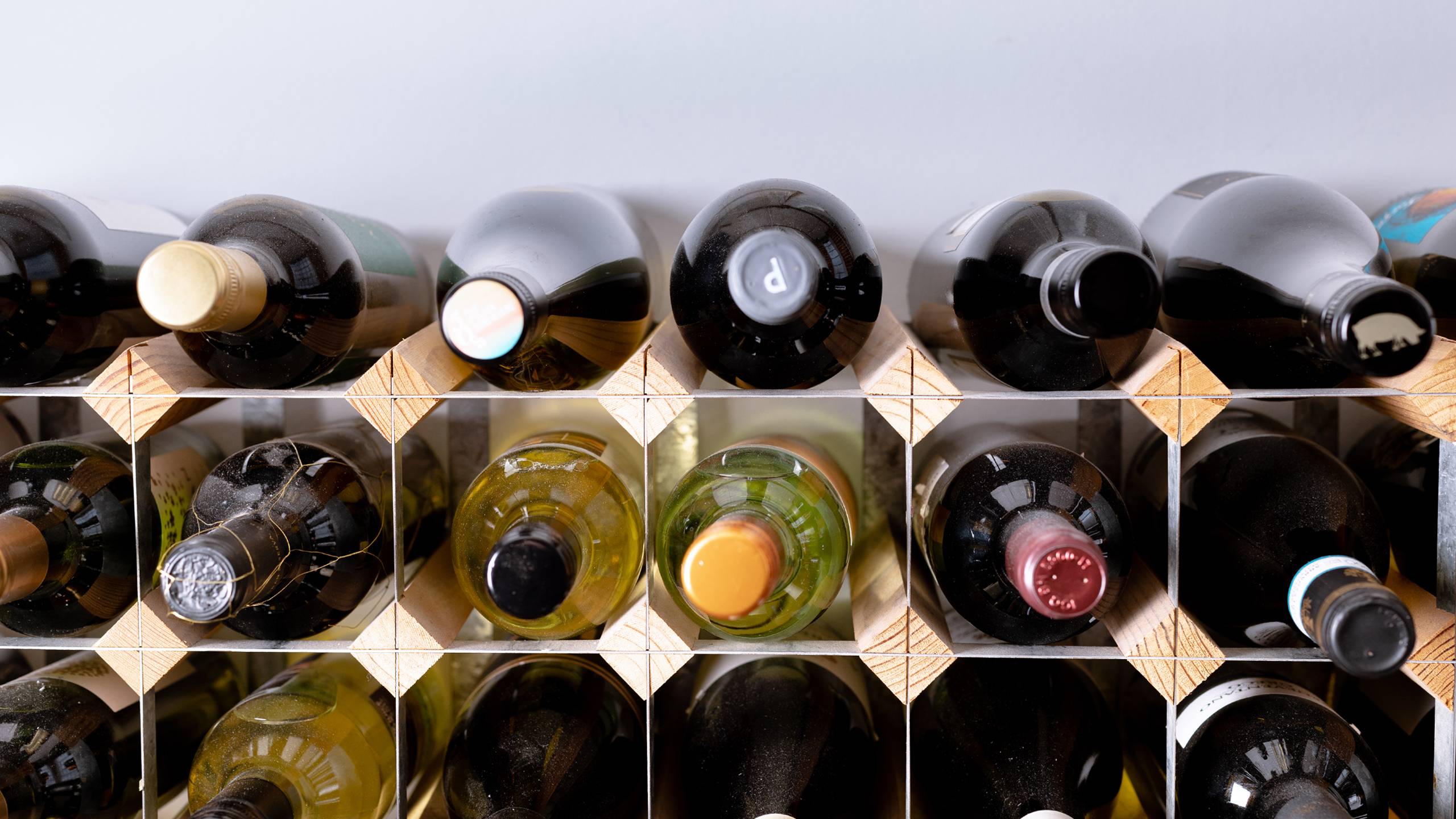
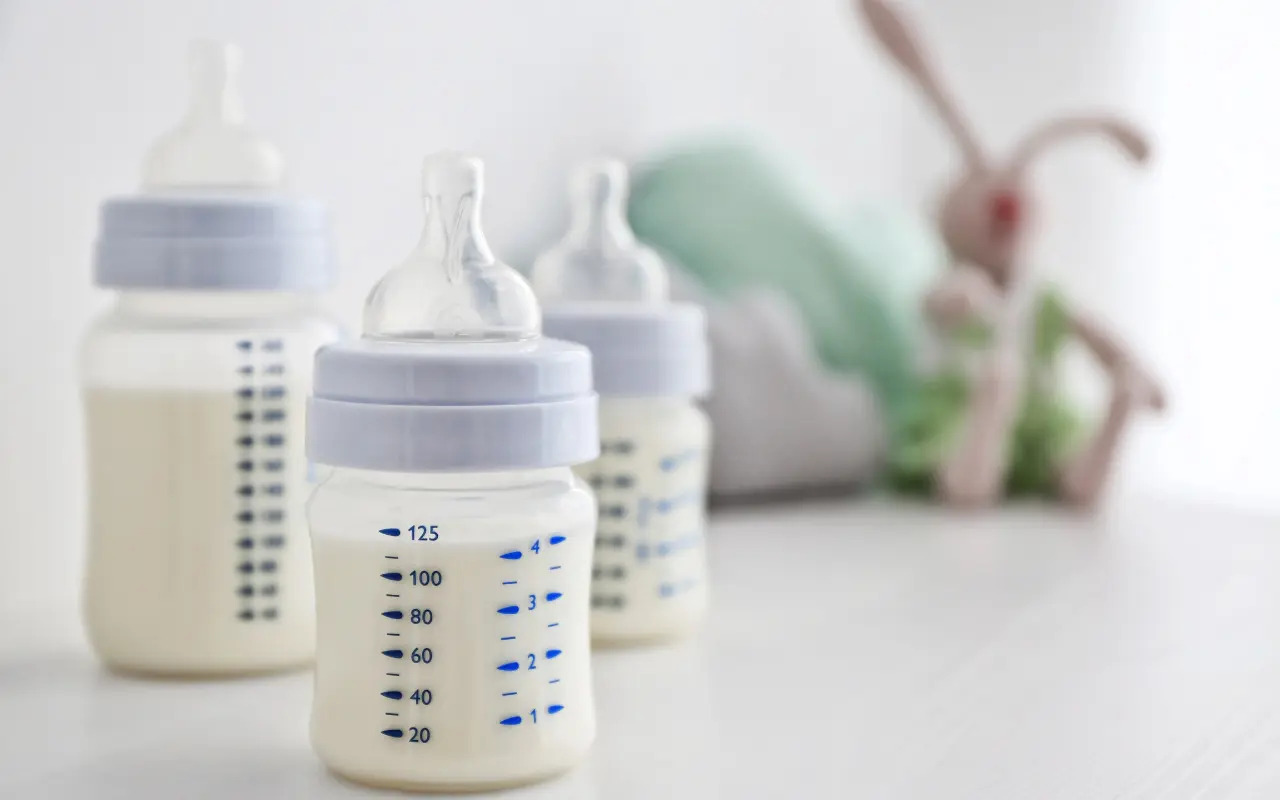
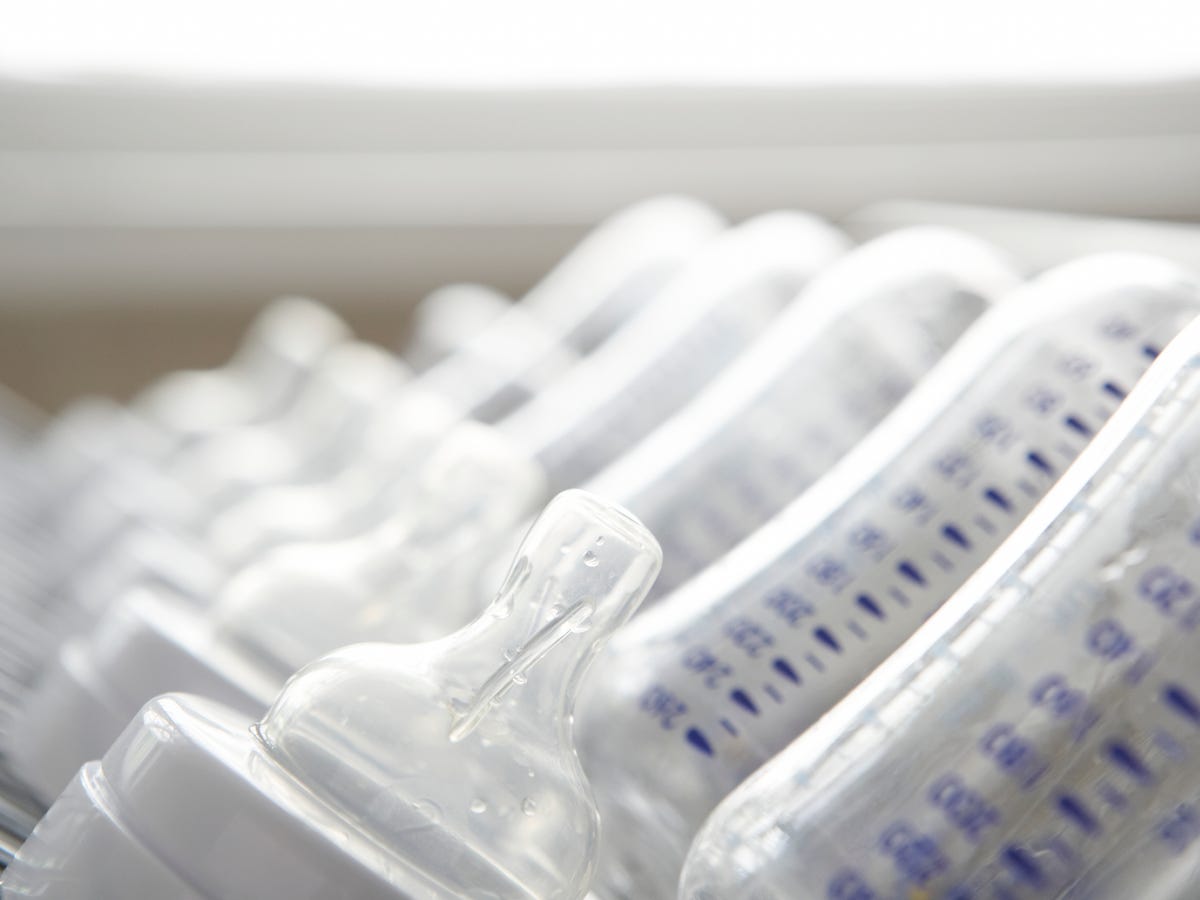
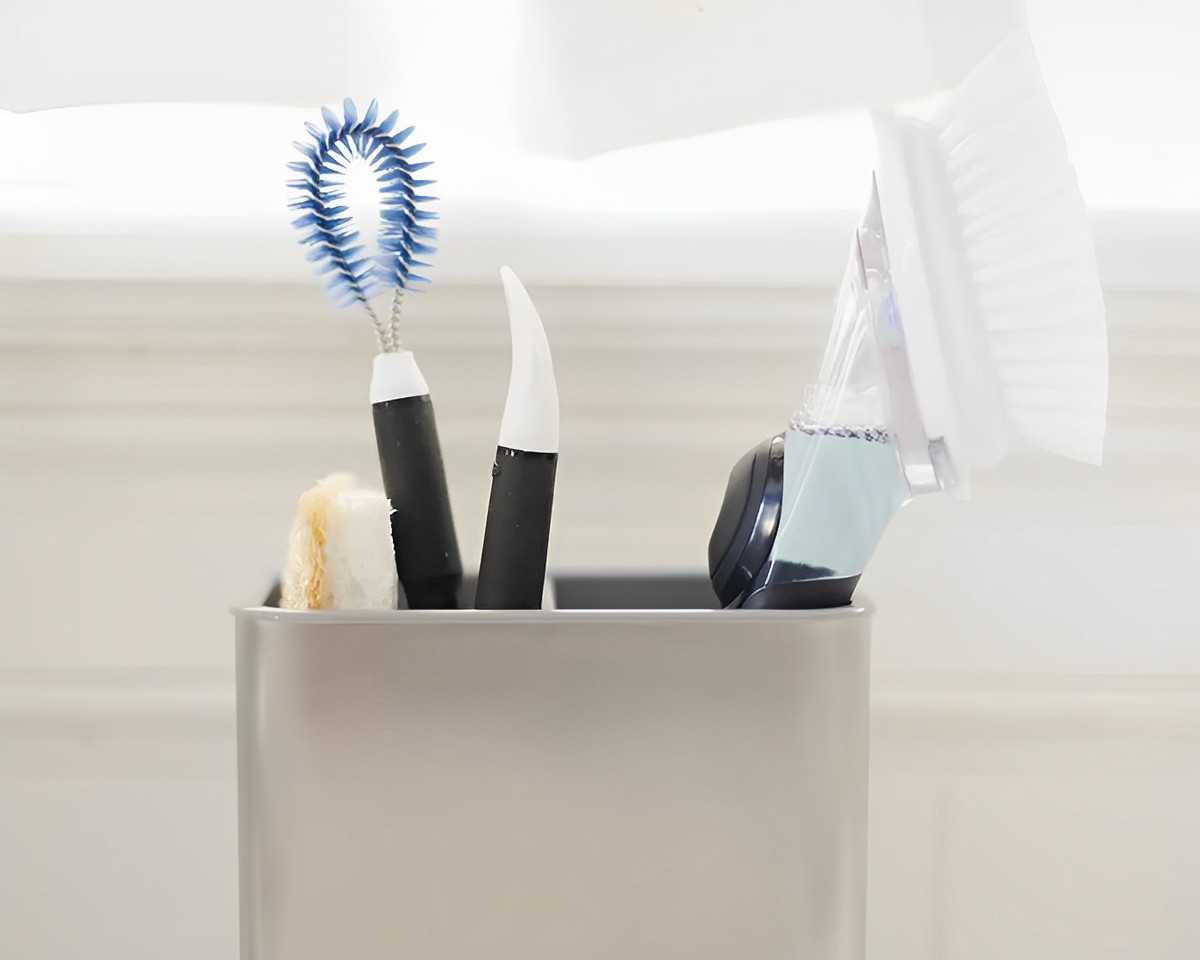
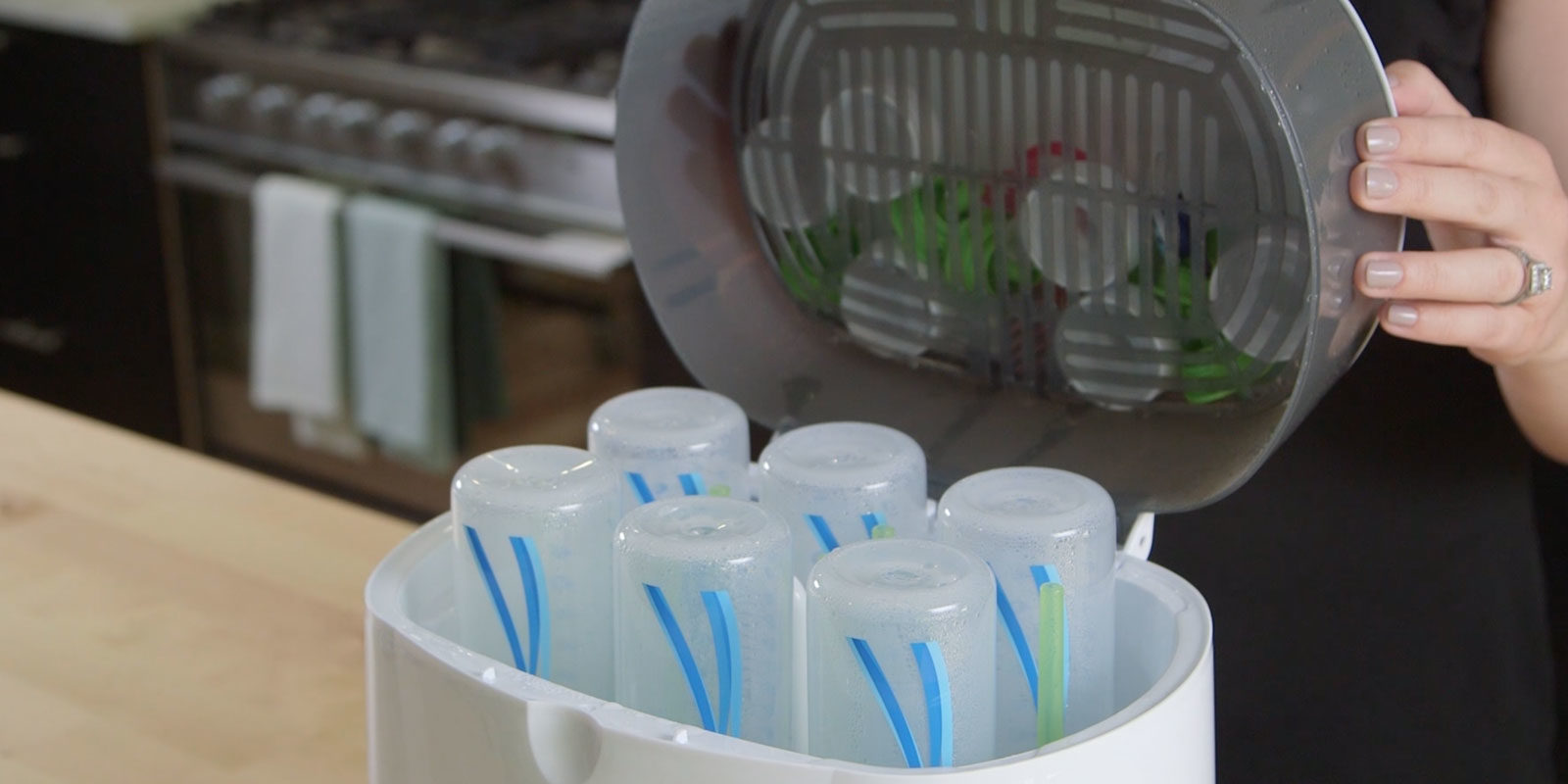

0 thoughts on “How To Store Water Bottles”